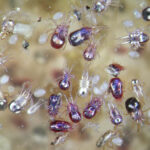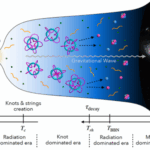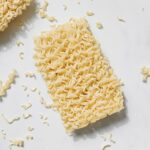Study Shows Nearly 64% of Bottled Water in America is Just Tap Water: Here’s the Brands
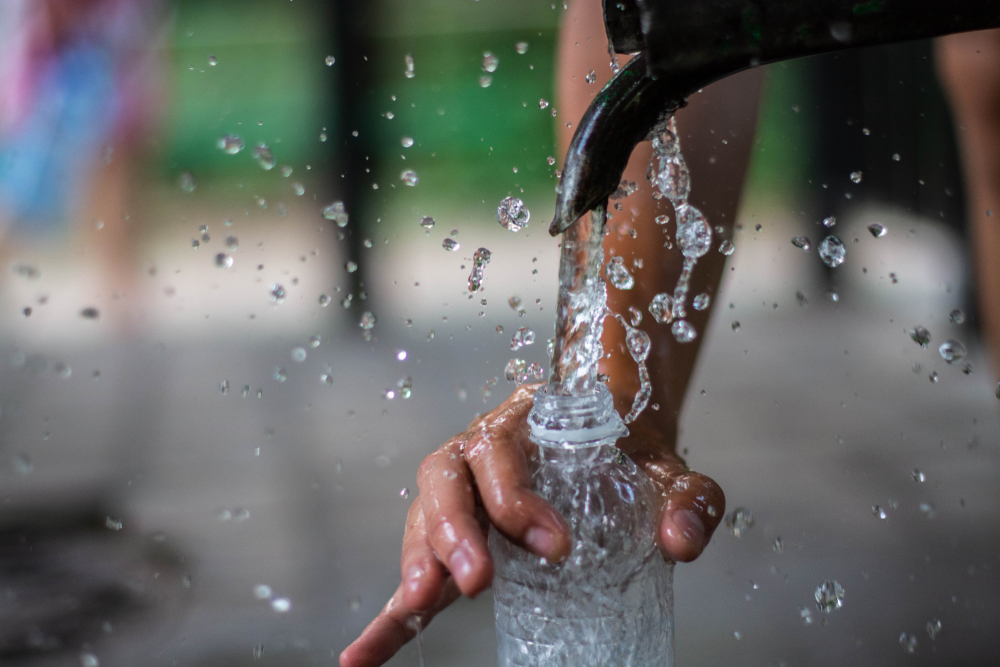
Imagine paying hundreds—or even thousands—of times more for something readily available at home. That’s the reality for millions of Americans buying bottled water, trusting it to be purer, safer, or healthier than tap water. Yet, a recent study reveals that nearly 64% of bottled water in the U.S. is sourced from municipal water supplies—the same tap water most people already have access to.
What’s more, some brands barely treat this water before bottling it, and in some cases, their products exceed acceptable contamination levels. This raises serious concerns about transparency and whether consumers are getting what they believe they’re paying for.
While a few companies disclose their water sources and treatment processes, most keep consumers in the dark. This lack of transparency leaves many wondering if their bottled water is truly worth the premium price—or if it’s just cleverly marketed tap water in disguise.
The Bottled Water Industry: Perception vs. Reality
 Image source: Shutterstock
Image source: Shutterstock
The bottled water industry has built its empire on the promise of purity, with imagery of untouched springs and pristine alpine streams dominating labels and advertisements. This carefully crafted perception, coupled with fears about the taste or safety of tap water, has convinced millions that bottled water is a superior choice. The result? Americans now consume over 15 billion gallons of bottled water annually, fueling a multi-billion-dollar industry driven by convenience and the allure of premium quality.
However, the reality often contradicts the image. Research shows that a large portion of bottled water originates from municipal water supplies—the same tap water available at home. While some companies minimally filter the water before bottling, others make no significant modifications, selling it at massive markups. Ironically, U.S. public water systems are typically subject to stricter safety regulations than bottled water, further questioning the industry’s claims of superior quality.
Transparency is another major concern. Many bottled water companies fail to disclose critical information about their water sources, treatment processes, or potential contaminants. Consumers are left trusting marketing campaigns rather than verified facts. Though some brands, such as Gerber Pure, Nestlé Pure Life, and Penta, have taken steps toward greater transparency, most perpetuate an illusion of purity without substantial evidence. This gap between perception and reality raises ethical questions about the industry’s practices and its impact on consumer trust and public health.
The Brands You Should Know: Transparency and Contamination
Not all bottled water is created equal. While some brands uphold high standards and transparency, others have faced scrutiny for questionable quality and secrecy. For consumers, knowing which brands meet expectations—and which fall short—can make all the difference.
Walmart’s Sam’s Choice and Giant Food’s Acadia have garnered criticism for their troubling contamination levels. Studies revealed that Sam’s Choice, in some instances, exceeded California’s bottled water safety standards—a concerning revelation given the premium consumers pay for what they assume is superior quality. Acadia faced similar issues, raising alarms about the hidden health risks in some bottled water products.
In contrast, brands like Gerber Pure Purified Water, Nestlé Pure Life Purified Water, and Penta Ultra-Purified Water have been praised for their transparency. These companies have openly disclosed their water sources, purification methods, and safety commitments, earning consumer trust in an industry often shrouded in ambiguity.
However, the broader bottled water market remains inconsistent. While some brands prioritize public health and transparency, others seem more focused on profit, leaving consumers to navigate the industry’s complexities. By choosing brands that align with your values and demand accountability, you can make more informed and responsible purchasing decisions.
Bottled vs. Tap Water: Safety and Quality Comparison
 Image source: Shutterstock
Image source: Shutterstock
At first glance, bottled water may seem like the safer, more reliable choice. Its sleek packaging and promises of purity make it appear superior to tap water. But a closer look reveals a different story—one where tap water in the U.S. often outshines bottled water in terms of safety, regulation, and transparency.
Public tap water systems are regulated by the Environmental Protection Agency (EPA), which enforces stringent safety standards and requires frequent testing. These systems must also disclose details about contaminants and treatment processes, allowing consumers to access verifiable information. In contrast, bottled water falls under the jurisdiction of the Food and Drug Administration (FDA), where regulations are less rigorous. Bottled water companies are not required to test as often as municipal systems, nor are they obligated to disclose information about their water sources or quality.
This regulatory gap raises serious concerns. Studies have shown that some bottled water brands contain harmful pollutants, including arsenic, microplastics, and chemical byproducts. Meanwhile, many public water systems meet or exceed safety standards, offering a cleaner and significantly cheaper option. Tap water also has the added benefit of being more environmentally friendly, eliminating the need for single-use plastics that contribute to pollution and waste.
While bottled water can be a convenient choice in specific scenarios, such as in areas without access to clean tap water, it is often less safe, sustainable, and transparent than tap water. By understanding these differences, consumers can make more informed decisions, avoiding marketing myths and prioritizing options that align with their health, wallet, and the planet.
What Consumers Can Do
With the right knowledge, consumers can make smarter, healthier, and more sustainable choices about their drinking water. The bottled water industry thrives on convenience and carefully crafted perceptions, but understanding the truth behind its practices empowers you to break free from marketing myths and choose better options.
- Look for Transparency: Support brands that openly disclose their water sources, treatment processes, and contaminant levels. Labels should provide clear, verifiable information. Companies like Gerber Pure, Nestlé Pure Life, and Penta Ultra-Purified Water have set an example for transparency. Choosing these brands sends a strong message to the industry about the importance of consumer trust and accountability.
- Invest in Reusable Bottles and Filtration Systems: Switching to reusable water bottles and high-quality home filtration systems is a practical and cost-effective alternative to bottled water. Filtration systems can remove contaminants from tap water, providing peace of mind while significantly reducing single-use plastic waste. This small change can have a big impact on the environment and your wallet.
- Support Public Water Systems: Advocating for improved municipal water infrastructure in your community can strengthen public water systems, which often meet or exceed bottled water safety standards. Relying on tap water not only benefits your health but also helps minimize the environmental footprint of bottled water production and plastic waste.
- Be an Informed Consumer: Stay informed about water quality and research the brands you support. Knowledge is a powerful tool for holding companies accountable and making choices that align with your health, values, and environmental goals.
By taking these steps, you can reduce your dependence on bottled water, save money, and make a positive impact on the planet. Individual actions may seem small, but collectively, they can shift the market toward greater transparency, responsibility, and sustainability.
Empowering Smarter Choices for a Transparent Future
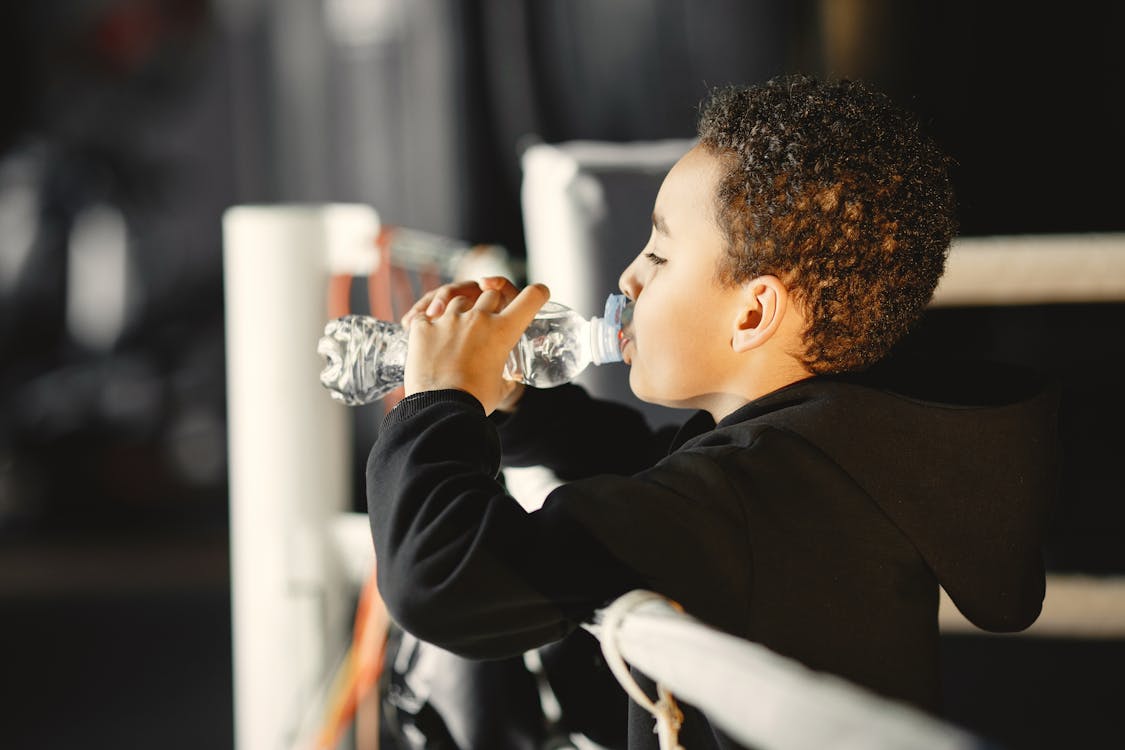 Image source: Pexels
Image source: Pexels
The bottled water industry has thrived by selling an illusion—one of pristine springs and untouched purity. But as we’ve uncovered, nearly 64% of bottled water is just tap water in disguise, often with less transparency and oversight than the water flowing from your faucet. While some brands uphold ethical practices and transparency, others prioritize profit over quality, leaving consumers paying a premium for promises that often don’t hold water.
By understanding the realities of bottled water, you have the power to make informed decisions. Choose brands that value transparency, invest in reusable bottles and filtration systems, and advocate for the improvement of public water infrastructure. These steps not only prioritize your health and wallet but also contribute to reducing the environmental damage caused by single-use plastics and unsustainable practices.
Change begins with awareness, and every choice you make sends a message. Together, we can shift the narrative, demanding accountability and a future where the water we drink—whether bottled or from the tap—is as pure and honest as it claims to be.
Sources:
-
Smalling, K. L., Romanok, K. M., Bradley, P. M., Morriss, M. C., Gray, J. L., Kanagy, L. K., Gordon, S. E., Williams, B. M., Breitmeyer, S. E., Jones, D. K., DeCicco, L. A., Eagles-Smith, C. A., & Wagner, T. (2023). Per- and polyfluoroalkyl substances (PFAS) in United States tapwater: Comparison of underserved private-well and public-supply exposures and associated health implications. Environment International, 178, 108033. https://doi.org/10.1016/j.envint.2023.108033
Featured image source: Shutterstock
Loading...

